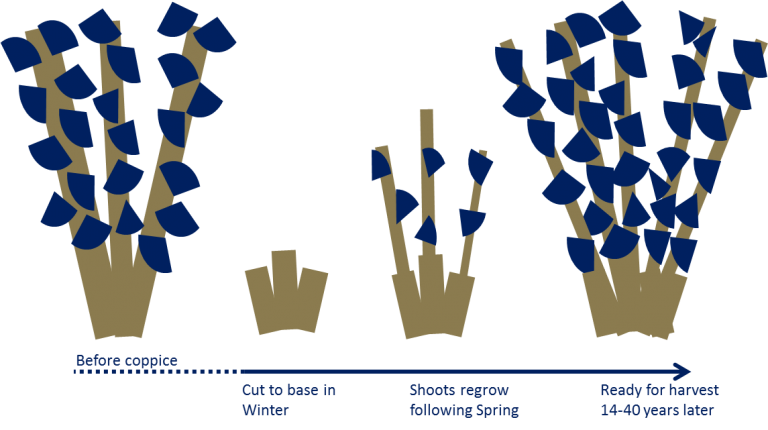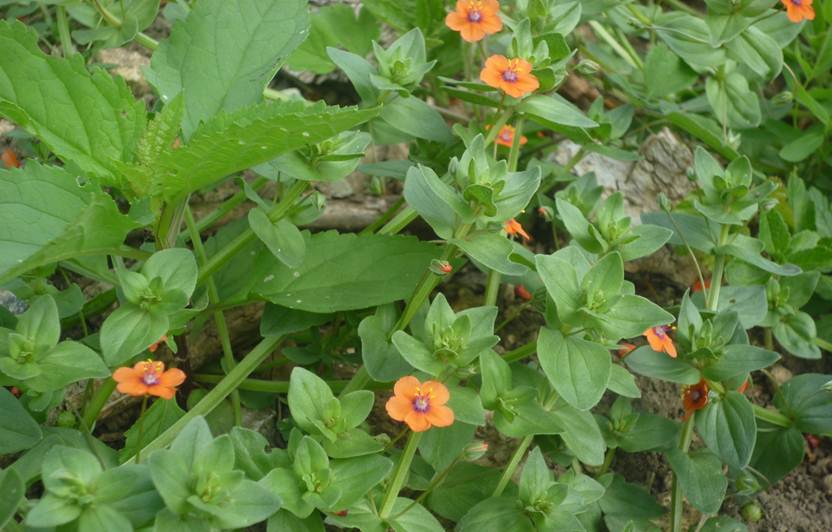This is a demo store. No orders will be fulfilled.
Environment
Environment
“All our wood is sourced by us from coppice we fell from local estates with sustainable cropping plans ensuring a continuous supply for the future. The CO2 produced when burning the logs is locked up by the vigorous regrowth of the coppice woodland. Combining this with a local customer base our carbon foot print is kept to a minimum. Our work helps maintain the flora, fauna and character of the North Downs.”




Coppicing is the ancient craft of woodland management that involves repeated felling of trees to just above the ground. They then regenerate at an amazing rate since the established root system acts as a power house for regrowth, with the added benefit of greatly extending the tree’s life and keeping the tree young.
After coppicing the sunlight warms the ground and the seed bank, which has been mainly dormant since the previous coppicing, germinates giving a succession of various wild flowers and the germination of new trees. Plants such as bluebells thrive at this time since they receive more sunlight and build up their bulb strength. As the tree stocks regrow a succession of birds will nest as the regrowth reaches their preferred nesting heights.
As the density of the tree canopy increases the wild flowers alter and revert to a strong young stock of woodland plants, dogs mercury, bluebells, various orchids that thrive in coppiced woods on the North Downs, Herb Paris to name but a few.
Coppicing has been practised since the stone age and our plants, wildlife and insects have evolved to become dependent upon their habitats being coppiced every 14 to 40 years, depending on use, tree type and ground conditions.

